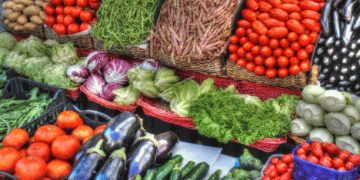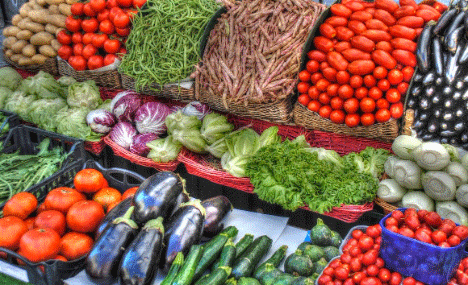In 2023, pensioners in Spain have become the largest consumers of vegetables, accounting for 30% of the total purchases, according to a report by the Ministry of Agriculture, Fisheries, and Food (MAPA). This trend has surprised many, as younger demographics, particularly those under 35, are consuming far fewer vegetables than expected, raising concerns about future market demand and nutritional habits.
Consumption Patterns by Age Group
While pensioners represent only 24.6% of the population, their share of vegetable purchases far exceeds their demographic weight, reflecting their strong preference for fresh produce. Per capita, they consume an impressive 89.7 kg of vegetables annually—40.8 kg more than the national average. Independent adults and childless couples also show above-average consumption, with 80.7 kg and 75.5 kg per person, respectively.
On the other hand, younger age groups demonstrate a concerning pattern. Households with people under 35 years old account for just 5% of vegetable purchases, despite representing 10% of the population. These findings are particularly worrying, as they indicate that younger consumers are not adopting the same healthy eating habits as their older counterparts. Couples with children, both young and middle-aged, are responsible for 23% and 30% of total vegetable consumption, respectively, but their per capita consumption remains below that of older groups.
Factors Influencing the Decline in Vegetable Consumption Among Youth
Several factors may explain the decline in vegetable consumption among younger Spaniards. A fast-paced lifestyle, the rising popularity of processed and convenience foods, and the growing preference for dining out over home-cooked meals have contributed to this trend. Furthermore, economic challenges, including inflation, have increased the cost of fresh produce, making it less accessible for younger consumers who may prioritize affordability over health benefits.
Additionally, a cultural shift towards more plant-based diets has not been fully embraced by younger consumers in Spain, as seen in other European countries. This lag in adopting healthier eating patterns could pose long-term challenges for public health and the agricultural sector.
Implications for the Agricultural Sector
This shift in consumer behavior is significant for vegetable producers in Spain. As the largest consumers of vegetables are pensioners and older adults, producers may need to adjust their marketing strategies to appeal more to these demographics while finding innovative ways to engage younger consumers. Programs promoting the health benefits of vegetables, targeting younger generations, and addressing affordability issues could help bridge this consumption gap.
Moreover, the agricultural sector may need to consider future market trends. With the younger population consuming fewer vegetables, the long-term demand for fresh produce could decline unless interventions are made to encourage healthier eating habits among this group.
Spain’s 2023 vegetable consumption trends highlight a growing divide between age groups, with older generations leading in fresh produce purchases and younger consumers falling behind. As this trend continues, it could have implications for public health and the future of vegetable production in Spain. Efforts to educate and engage younger consumers in the benefits of vegetable consumption will be crucial in maintaining demand and ensuring a healthy future for Spain’s agricultural sector.































